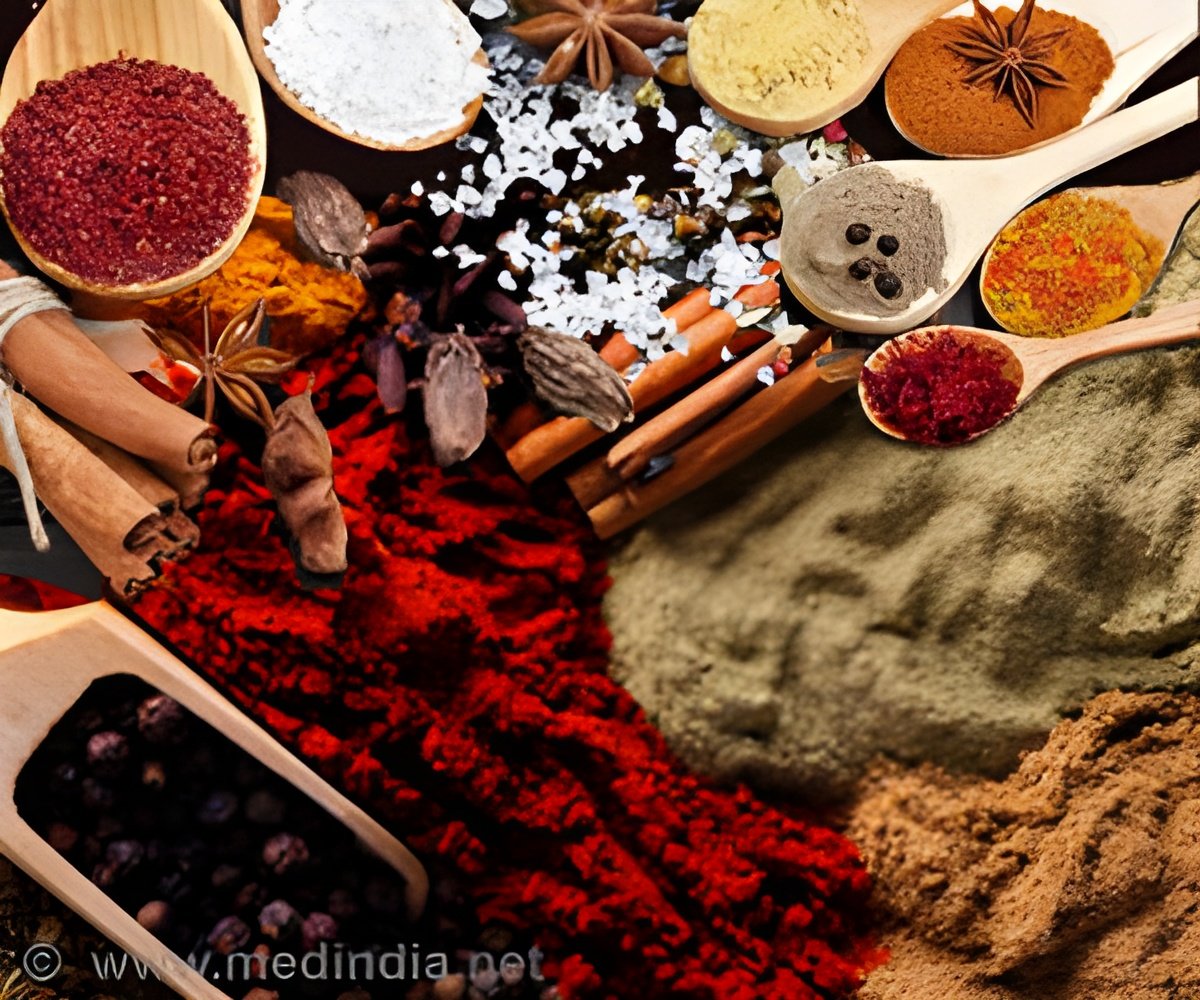Spice allergy can affect the quality of life as you have to be extra careful while dining away from home and you will never be able to wear make up or perfumes, reported the allergists.

Spices help protect against chronic conditions such as cancer, diabetes and heart disease and even certain allergies because of their high antioxidant activity that curb inflammation in the body. On the flip side, spices can mean trouble if one is allergic to them. Despite spice allergy being rare, allergists at the American College of Allergy, Asthma and Immunology (ACAAI) Annual Scientific Meeting held in Anaheim, California, report that 2 to 3 percent of people globally are living with a spice allergy. But due to lack of reliable allergy skin tests and blood tests, it is largely under-diagnosed.
Cinnamon and garlic are common allergy triggers, but any spice ranging from black pepper to vanilla can cause allergy to susceptible individuals. It is also found that hotter the spice, the greater the chance for allergy.
In their review of literature on spice allergy, Sami Bahna, Professor of Pediatrics and Medicine and chief of the Allergy/Immunology Section at Louisiana State University School of Medicine in Shreveport, and past president of the ACAAI, and his colleague, James Chen, found that ‘Symptoms may be respiratory, dermatologic, gastrointestinal, and rarely anaphylaxis. The main allergens responsible are PRPs, profilins, CCDs, lipid transfer proteins, 2S albumin, germin-like proteins, and other high-molecular-weight proteins. Most spice allergens are degraded by digestion, and hence sensitization is mostly through inhalation of the spice or of cross-reacting pollen’.
Most cosmetics and fragrances too contain spices as ingredients. And these are hard to identify from the labels, one of the reasons being they are used as blends and are not FDA regulated. Women are more likely to develop spice allergy, particularly allergic contact dermatitis, say the study investigators. ‘Makeup, body oils, toothpaste and fragrances can all include one or more spices. Those with birch pollen or mugwort (a traditional herbal medicine used to relieve inflammatory conditions) allergy are also more prone to spice allergy’ said Dr Bahna in his presentation at the ACCAI annual scientific meeting 2012.
According to allergists, aromatic properties of spices when in contact with skin can induce irritation through direct tissue damage. Spices can also cause contact dermatitis similar to a nickel allergy or poison ivy type reaction.
Again, proteins in spices are the same to those found in certain pollens and may cause ‘oral allergy syndrome’, but it rarely results in a serious allergic reaction. For example, spices such as sesame and poppy share common allergenic proteins that may cause serious allergic reactions. These allergies are antibody mediated as clearly confirmed by skin and blood tests.
If you suspect you have spice allergy, see a certified allergist for diagnosis and customized treatment.
Source-Medindia
 MEDINDIA
MEDINDIA



 Email
Email










